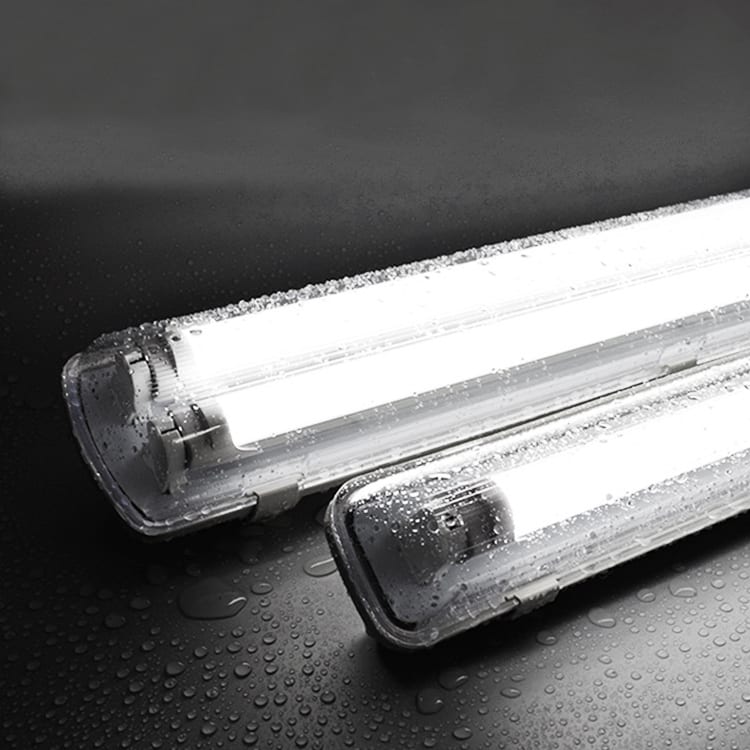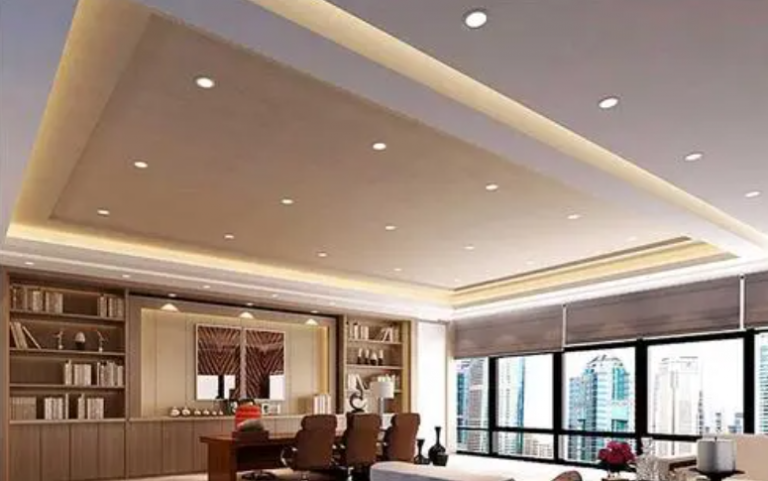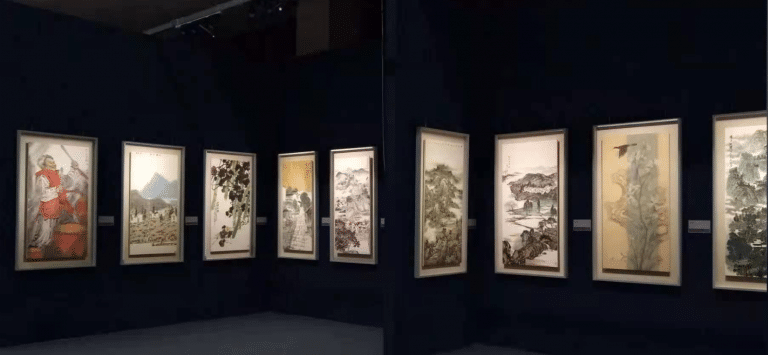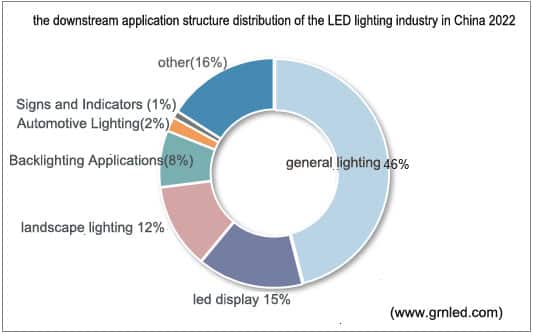LED lighting of museums and exhibitions is carefully designed, strategically emphasizing brightness in specific areas and dimness in others. This intentional approach enhances key points, guides visitors effectively, and creates a compelling, focused experience. Lighting design for these spaces should prioritize thoughtful placement and variation in brightness to optimize visual impact and focal point clarity. How should we do?

1. Faithful expression of color and texture
The lighting of exhibition hall should be able to faithfully express the color and texture of the work, and make the work look three-dimensional. In addition, the work must be prevented from being damaged by the ultraviolet or infrared rays emitted by the light source. If you want to faithfully express colors and textures, it is best to use a light source with high color rendering. If you can really isolate the ultraviolet and infrared rays of the sun, you can also introduce natural light, thereby creating a more comfortable viewing environment.
2. Display products reasonably
The display content and the configuration of the exhibition objects in the exhibition hall will change with the planning, so the lighting should be able to respond flexibly. The settings of the light source, color temperature, etc. must change with the content of the display. Therefore, it is best to choose a track configuration that can be matched with a variety of different lamps. In addition, illuminance control is also very important, so be sure to configure a dimming device. In addition to not allowing the viewer’s own shadow to cover the display, and the light source to avoid dazzling the viewer, if the display is separated from the glass, it may be impossible to see the interior of the display cabinet due to the reflection of the lighting. Special attention must be paid to this. the following light types you need to consider.
General lighting
Regardless of local special needs, the lighting method used to illuminate the entire interior. In order to improve the illuminance of a specific work area, general lighting by partition is often used. According to the layout of the indoor work area, the lighting fixtures are centrally or partitioned above the work area to ensure the illuminance of the work area, and the illuminance of the non-work area is appropriately reduced to 1/3 to 1/5 of the work area. General lighting is composed of several lighting lamps symmetrically arranged on the ceiling, which can obtain better brightness distribution and illumination uniformity indoors. Mostly led linear lights or magnetic track lighting systems are widely used.
Local lighting
In order to meet the special needs of certain parts of the room, the lighting mode of the lighting fixtures is set within a certain range. The local lighting method is often used in the following occasions, for example, the local needs high illumination, the general lighting cannot illuminate certain areas due to occlusion, and the reflected glare in the work area needs to be reduced, in order to strengthen the lighting in a certain direction to enhance the building materialistic. you can choose the high CRI led track lights or recessed wall washer downlights.
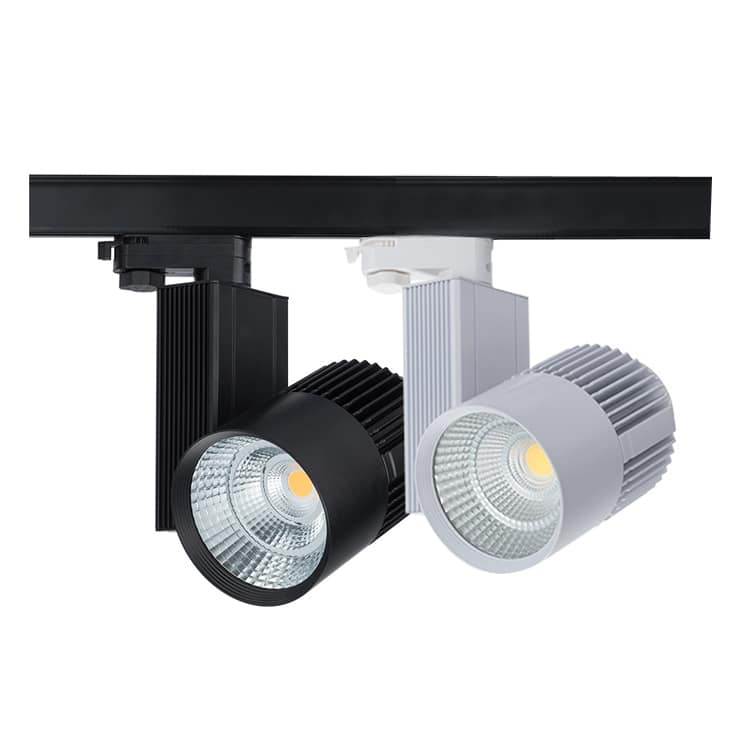
Mixed lighting
Hybrid lighting is a combination of general lighting and local lighting in a certain working area to ensure proper visual working conditions. A well-mixed lighting method can achieve: increase the illumination of the working area, reduce the shadow and light spot on the working surface, obtain higher illumination on the vertical and inclined surfaces, reduce the total power of lighting facilities, and save energy. Mixed lighting is a lighting method composed of general lighting and local lighting.

Hello, customers
My name is Ricky Wang, I’m the business manager of GRNLED. I have been in LED lights industry for more than 10 year. Feel free to contact us. I’m happy to provide you the best service and products.
Email: info@grnled.com | WeChat: ledfixture

